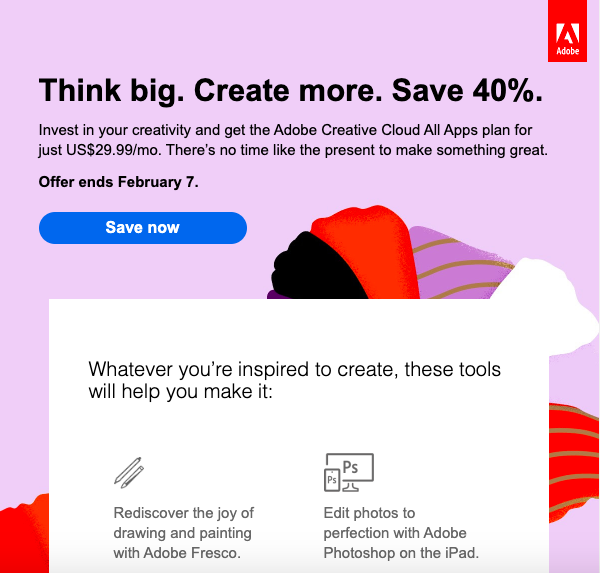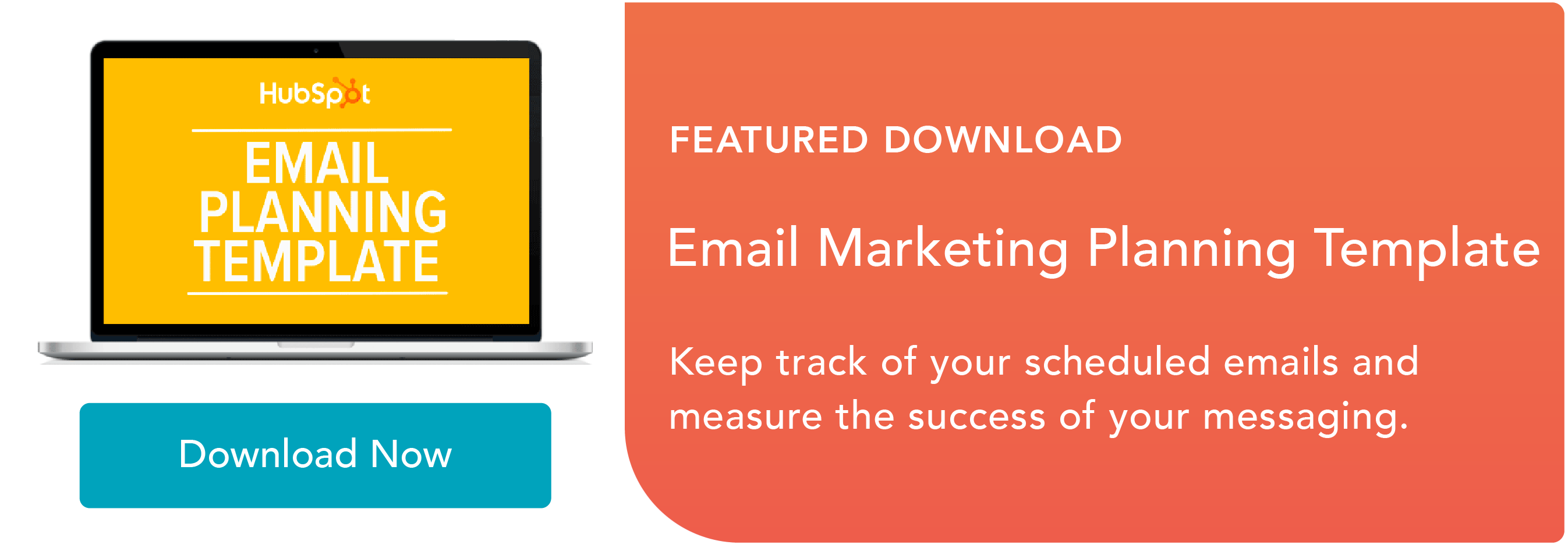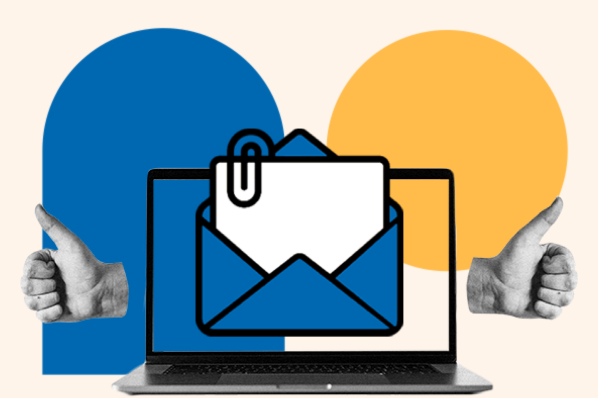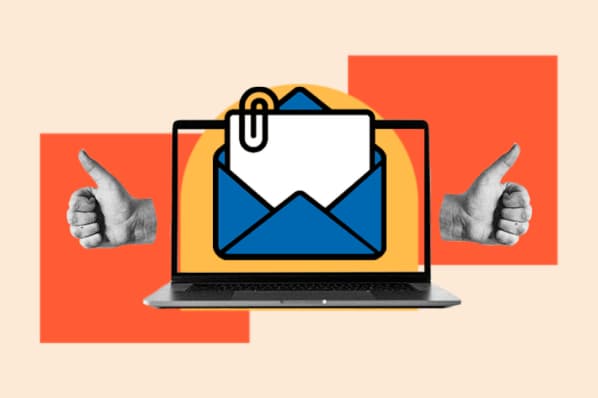99% of people check their email every day.

With a statistic like that, it's not hard to see why email marketing is a go-to for marketing campaigns. What's confusing, though, is that sometimes, email marketing ROI can look a little bleak.
An un-successful email campaign in a world where opening emails is such a big part of people's lives can be confusing, and brings up an important question:
Where is the gap between consumers checking their email constantly, but not clicking on your brand's message?
Before you pull the plug on email marketing completely, consider this — 73% of millennials prefer email communication when receiving marketing material.
Ultimately, the problem may not be the marketing channel, but the message delivery.
So, is email marketing dead? Or, is there something that can be done to enhance the email marketing experience — for consumers and marketers?
In the next section, we're going to answer that question and why a marketing strategy makeover might be necessary for a struggling brand.

Is email marketing dead?
Email marketing as a marketing tool isn't dead. But, some email marketing practices are, such as impersonal email address lines, violating GDPR, ignoring user experience, and not tracking metrics.
There's no need to hold a funeral: email isn't dead, just outdated.
If your brand's email marketing strategy is currently struggling with bringing in high ROI, it could be because your strategy hasn't been improved to reflect how email currently works.
Ultimately, if you're not catering to your audiences, or if you're not using metrics to appropriately measure and improve your email campaigns, you're likely missing out on ROI — not because email marketing is dead, but because your strategy is outdated.
To improve your email marketing ROI in 2020, here's what to retire:
Email Marketing "Dead" Practices
1. Impersonal subject lines
Email marketing starts before readers even open the email. Subject lines can make or break open-rate, a metric that tracks how many subscribers open your emails.
A major component of a successful campaign is targeting the customer by creating content that identifies with their lifestyle. In email marketing, this begins with the subject line.
As a consumer, if I see an emoji in a marketing email's subject line, I immediately open it as opposed to others, because to me, this shows that the sender took a little extra time to personalize the message.
For instance, here's a look at the promotion emails I've opened and engaged with:

Personalizing marketing messages makes readers feel connected to what's being sold. Generally, making a subject line personal can be as easy as noting the holiday season or asking a question to get readers thinking.
Think about what in your email is the "must-know" takeaway, and create a short subject line that taps into emotions to get subscribers clicking.
2. Ignoring GDPR standards
In a nutshell, GDPR means making sure the reader gives clear, unambiguous permission to receive marketing emails. Full compliance with General Data Protection Regulations (GDPR) ensures that sending marketing emails is legal.
GDPR was created so consumers know their data is protected and being used by brands they have trusted with personal information. They opt-in to emails they'd like to receive from brands they're interested in.
This is good news for marketers because it means your email campaigns will only be sent to users who are genuinely interested in your marketing messages. It also ensures your email marketing messages are compliant with the law.
Email marketing software should be GDPR compliant. If not, it's time to choose new software. HubSpot has a great guide about navigating GDPR, incorporating these rules into strategy, and why the email marketing tools from HubSpot already follow the standards.
3. Using templates that aren't mobile-friendly
The world is mobile now. When I check my emails in the morning, I'm checking from my phone, where I prefer to check my email.
Emails that aren't mobile-friendly are probably raising your bounce rate exponentially due to poor user experience. Because it's so easy to click away from something that's unappealing, emails optimized for mobile should be an important step in the design process.
Apple's iPhone is the most popular method for opening emails, with Gmail in second place. For some audiences, marketing emails that are stellar for mobile should take priority over emails for desktop, so the majority of readers don't get turned away from desktop-friendly templates.
For businesses using email automation software, check the mobile previews as well as the desktop previews when drafting your email design. If the template being used interrupts comprehension or is just plain ugly on mobile, it might be a good idea to switch to something else.
4. Poor email design
We've talked a little about design, but it's really imperative to take time designing emails that delight readers.
Emails lately have gotten snazzy. From animations to GIFs, and even embedded full-length videos, businesses are dipping their toes into exciting email marketing efforts to pull readers in.
Emails that have quick loading time, bold CTAs, and colorful visuals typically perform best. Consider this email I received recently from Adobe:

There are ways to include helpful information in emails without sacrificing the user's experience, and it's all about using visuals
Think about it — an email newsletter with an emoji in the title, a beautiful infographic, and a couple of lines of exciting copy before an engaging CTA is exciting to look at and read.
An email newsletter with long paragraphs, the same-old template and a CTA that hasn't changed in years are … less than exciting, and probably leave readers clicking out of that email in favor of something that is.
Here are some examples of how email campaigns are stepping up design. In a nutshell, think about how every email can visually tell a story as much as words.
5. Not strategically using metrics
Tracking metrics helps fill in the gaps when looking at where to improve with marketing efforts. They break down the behavior of email subscribers.
There's been a lot of talk about metrics, and that's because metrics drive results. They are the numbers behind the campaign. Metrics tell marketers a plethora of important details.
Metrics collect data on how many people are interacting with emails, when they are, who they are, and for how long. All of this information is important to know when planning because they lead to important marketing decisions.
For instance, let's say a marketer who checks email marketing metrics regularly notices that the bounce rate is high, meaning that readers are opening emails but not engaging with them. This can stem from a variety of issues, but knowing the bounce rate tells the marketer what to focus on improving for the next marketing email.
Metrics save time by reporting on what's working and what isn't. To begin tracking metrics, consider what email software you use. Many tools, such as HubSpot's free email marketing software, have reporting and tracking built into their tools, as well as information about how that data is collected and interpreted.
Ultimately, the reasons you may not be seeing results is not because email marketing is dead — it's because of how you're email marketing. So, before you turn away from email marketing as a whole, think about ways you can beef up your strategy to compete.



![Creating an HTML Email: The Design Guide You Need [+ Free Templates]](https://blog.hubspot.com/hubfs/html%20design.png)


![30 Brilliant Marketing Email Campaign Examples [+ Template]](https://blog.hubspot.com/hubfs/email-marketing-examples_29.webp)



